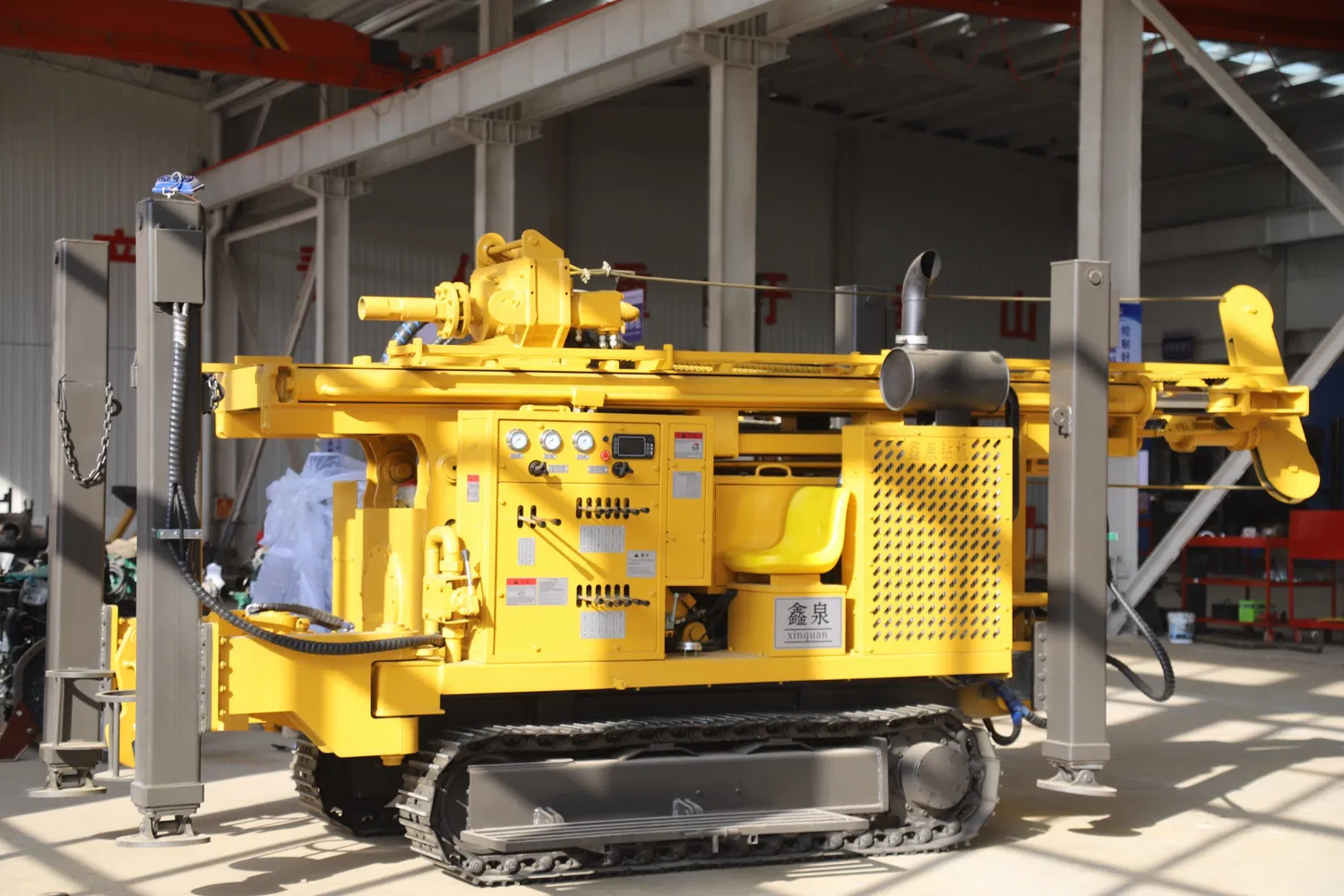Key Techniques for Drilling in Clay Layers
Mastering proper techniques is crucial when drilling in clay layers. First comes the selection of drilling tools. The auger drill is one ideal choice. Its spiral blades can effectively remove clay from the borehole, reducing accumulation on the drill bit and the likelihood of “bit sticking,” thus improving drilling efficiency. If conditions allow, impact drills can also play an important role. Their strong impact force can break through hard clay layers, enabling smooth boring.

The rational use of drilling fluid is another key technique. In clay layers, suitable drilling fluid stabilizes the borehole wall, preventing collapse due to disturbance. Drilling fluids with appropriate viscosity and density are generally chosen. They form a protective film on the borehole wall to enhance stability. 同时, the fluid lubricates to reduce friction between the drill bit and clay, further increasing drilling speed.

Controlling the drilling speed is equally important. In clay layers, drilling too fast should be avoided; a gradual approach is better. Excessive speed may cause clay to remain in the borehole, worsening “bit sticking” and even triggering borehole instability due to excessive disturbance. Additionally, closely monitor the borehole during drilling. If anomalies occur, such as signs of cracks or drilling fluid loss, stop drilling immediately and take remedial measures—like reinforcing the borehole wall or adjusting fluid parameters—to ensure smooth progress of the drilling work.
 邦欣钻机
邦欣钻机